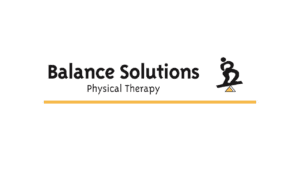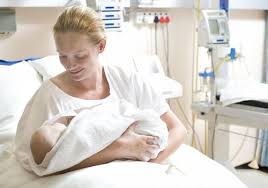Three Specific Conditions in which a Woman Can Really Benefit from Pelvic Floor Physical Therapy

For women living with urinary dysfunction, painful intercourse or pain in the pelvic area, pelvic floor physical therapy (PFPT) may be the key to relief. PFPT can be used to treat many troublesome, uncomfortable, or painful conditions involving the pelvic floor.
The Pelvic Floor
The pelvic floor is a group of ligaments, muscles, tendons, nerves, and connective tissue that provides the base and support for the pelvic area. In women, the pelvic floor holds the bladder in the front, uterus at the top, and the vagina and rectum in the back. In men, the pelvic floor supports the bladder, bowel, urethra and rectum. The openings from these organs (the urethra from the bladder and the anus from the bowel) pass through the pelvic floor. In both men and women, the pelvic floor muscles attach to the pubic bone at the front and the tail bone at the back.
Why is the Pelvic Floor Important?
For both men and women, the pelvic floor plays a key role in bladder and bowel control and is responsible for “holding” those organs in place. It can also be important for both women and men’s sexual health. For men, weakened pelvic floor muscles can contribute to erectile dysfunction; for women, tightened pelvic floor muscles can cause pain during intercourse. Both women and men can experience urinary dysfunction, including adult and teenage athletes who participate in high impact sports.

Who Benefits from Pelvic Floor Therapy?
As we age, we may notice that our pelvic muscles are just not as strong as they used to be. Some women may feel pain in the pelvis, muscle weakness, decrease in sexual pleasure, or leaking of urine during normal daily activities. Women may also need physical therapy for the pelvic muscles for a variety of other generalized concerns, including the following:
- Painful urination
- Constipation
- Back pain
- Pelvic muscle spasms
- Pelvic pressure
- Pelvic pain
- Pain with intercourse
- Abnormally tight pelvic floor muscles
- Obesity
- Nerve damage
If you have been suffering with symptoms such as these, you may benefit from pelvic floor therapy. A trained physical therapist can guide you through PFPT to eliminate some, or all, of your symptoms so that you can get back to the activities that you love.
Three Specific Conditions in which a Woman Can Really Benefit from Pelvic Floor Physical Therapy
After Giving Birth / Postpartum Therapy
After Abdominal/Pelvic Surgery
Incontinence
After Giving Birth / Postpartum Therapy 
PFPT is used for women who have given birth. The intense pressure that occurs as you push a child through the vaginal canal can stretch and even tear pelvic floor muscles, leading to weakness. These pelvic muscles are meant to hold up the bladder and uterus, over stretching or tearing of the muscles result in softening and weakness. PFPT helps to tighten these muscles so they can hold up the bladder and uterus again.
Post-Abdominal / Pelvic Surgery

PFPT is also extremely beneficial after undergoing abdomen or pelvic surgery. When abdominal or pelvic floor muscles are cut, it can take a long time for them to heal correctly and to regain their former strength. Healing from a surgery can also result in scar tissue and loss of flexibility, and PFPT can help to address these issues. This therapy is an excellent choice after a hysterectomy, episiotomy, colorectal surgery, or C-section.
Incontinence
If you are aging, you may be noticing some bladder weakness. Instead of relying on an incontinence pad, thinking that this may be a normal part of the aging process, choose pelvic floor physical therapy. PFPT can strengthen and lift your pelvic muscles, providing better support for the bladder and ureters.
Benefits of Pelvic Floor Physical Therapy
After a course of pelvic floor therapy, you may be able to enjoy results such as:
- Returning to a favorite sport or exercise
- Resuming an active lifestyle without incontinence
- Alleviating pain with intercourse
- Being able to start a family
Within several visits, patients will start to notice an improvement. Recovery is a process and will occur at a different speed for each person. If improvements are not noted within a few visits, adjustments are made during a re-assessment appointment. Having conversations with your physical therapist regarding your gains and setbacks will help to adjust the therapy to you.
At Balance Solutions Physical Therapy, we believe in balancing the whole body and taking care of your total health and well-being.
If you think you could benefit from pelvic floor therapy, it’s time to act and give us a call today!
Call (440) 449-3400 to schedule an appointment with our pelvic floor specialist today. Balance Solutions Physical Therapy is here to help, offering advanced physical therapy intervention for pelvic floor health.

Balance Solutions Physical Therapy is located in Beachwood Ohio, just on the outskirt of Cleveland. Services offered include physical therapy, massage, myofascial release, Integrative Dry Needling, as well as Pilates mat and reformer private and class lessons.
Balance Solutions Physical Therapy, Inc located at 23175 Commerce Park, Beachwood Ohio 44122



